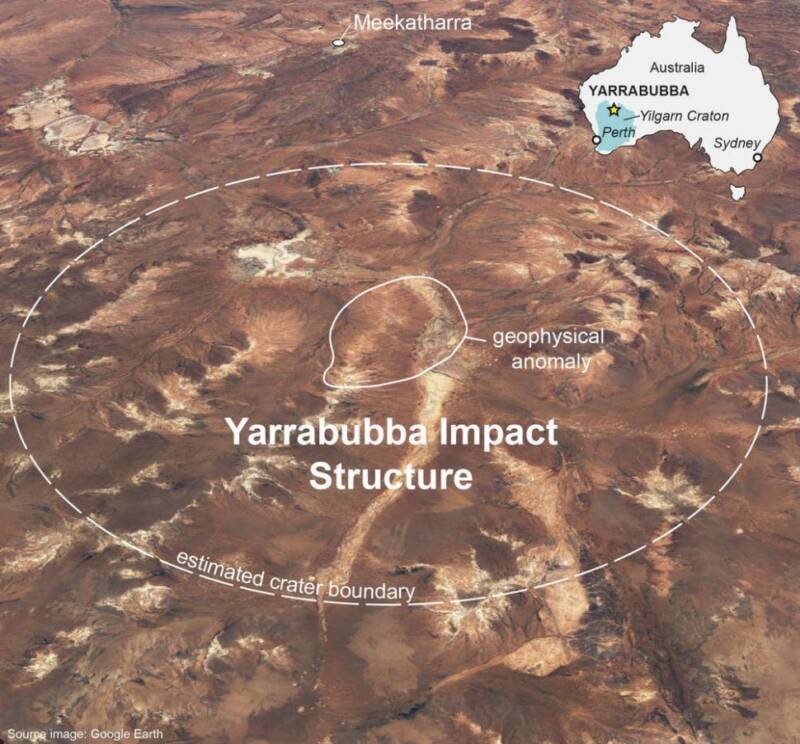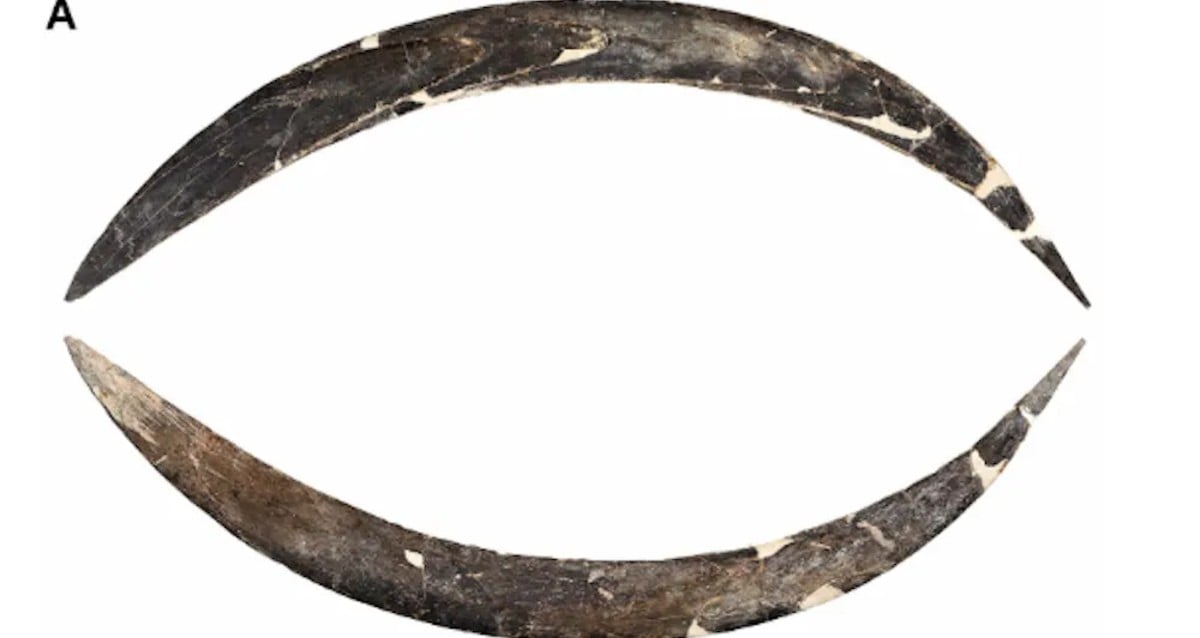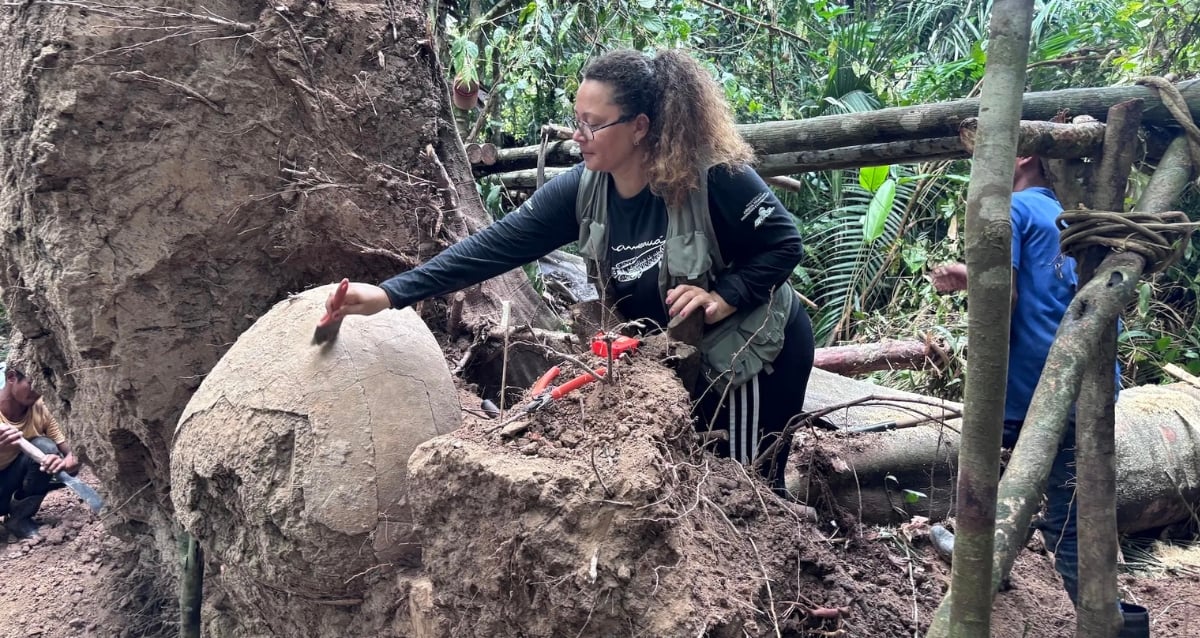“Mystery Unveiled: Earth’s Oldest Meteor Impact Site Found in the Heart of the Australian Outback!”
Imagine this: 2.2 billion years ago, when the Earth was a frozen wasteland, a giant meteor came crashing down—like the universe’s version of a snowball fight gone wildly wrong. Researchers recently unearthed evidence suggesting that this ancient impact, which led to the formation of the Yarrabubba crater in Western Australia, might have been the catalyst for a global thaw, helping to lift our planet out of a dramatic ice age. This little crater, now a mere hill, has some big stories to tell, and it’s got scientists buzzing with theories and excitement. So, what’s the connection between a rock from space and our planet’s climate transition? Buckle up as we explore how this ancient meteor may have shaped Earth’s history in unexpected ways. LEARN MORE
Researchers estimate that an ancient meteor crashed into Earth about 2.2 billion years ago, causing the Yarrabubba crater to form — and possibly ending a global ice age.

The ConversationScientists have determined that the Yarrabubba crater is 2.2 billion years old.
Scientists believe a crater found in the Australian outback may be the oldest-known meteor crash site in the world.
As AFP reported, scientists have determined that the Yarrabubba crater in western Australia formed more than 2.2 billion years ago. The research, which suggests the Yarrabubba is the world’s oldest-known impact crater, was published in the journal Nature Communications.
In comparison, the next-oldest crater site in the world, the Vredefort crater in South Africa, is about 200 million years younger than the one in Australia.












